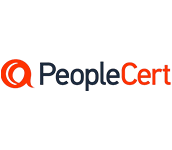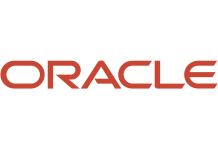- 087 941 5764
- impactful@lrmg.co.za


This course is developed for those aspired to be solution architect and also those who are new to this role.
This course provides the technical information focusing on application architecture and technical skills to start their journey into this role. This course will not cover the industrial skills and delivery skills required for this role.
Our courses have flexible delivery options:
This course is intended for:
Learners with previous experience in functional or technical focus in Dynamics 365: Finance and Operations Applications. Primarily for those who are aspired to be solution architect role.
Learners should start this course already having the following skills:
The course helps learners prepare for the Microsoft Power Platform Developer exam (PL-400).
Need additional information?
We are here to support your growth every step of the way
Get in touch
This course is developed for those aspired to be solution architect and also those who are new to this role.
This course provides the technical information focusing on application architecture and technical skills to start their journey into this role. This course will not cover the industrial skills and delivery skills required for this role.
Our courses have flexible delivery options:
This course is intended for:
Learners with previous experience in functional or technical focus in Dynamics 365: Finance and Operations Applications. Primarily for those who are aspired to be solution architect role.
Learners should start this course already having the following skills:
The course helps learners prepare for the Microsoft Power Platform Developer exam (PL-400).
Certified global best practices in the new technologies…




Please complete the form with your information and one of our experts will get back to you soon.

Get in touch
Email: impactful@lrmg.co.za
Tel: +27 87 941 5764